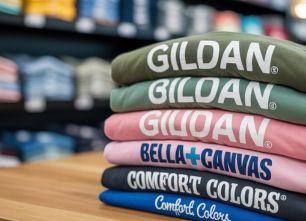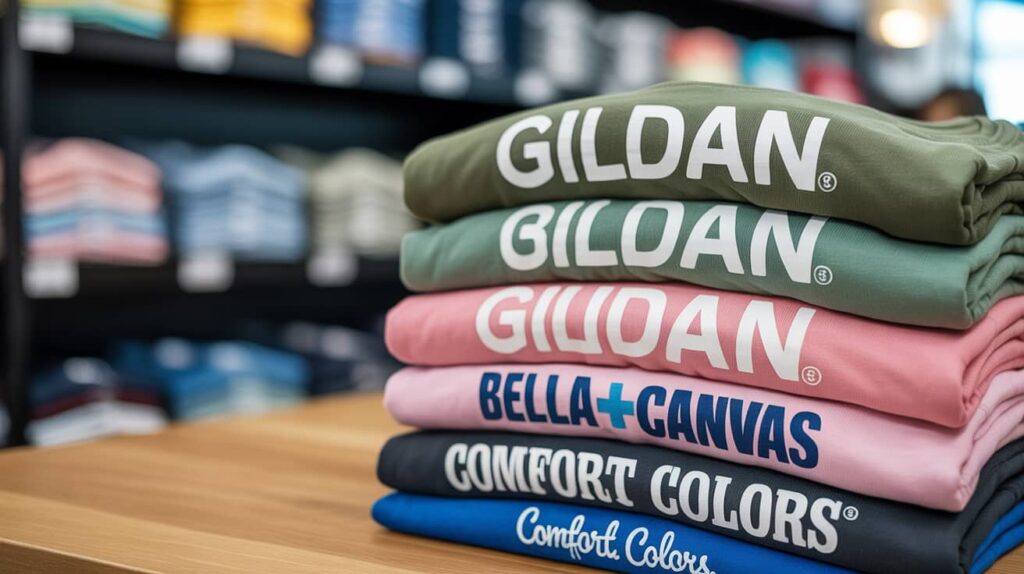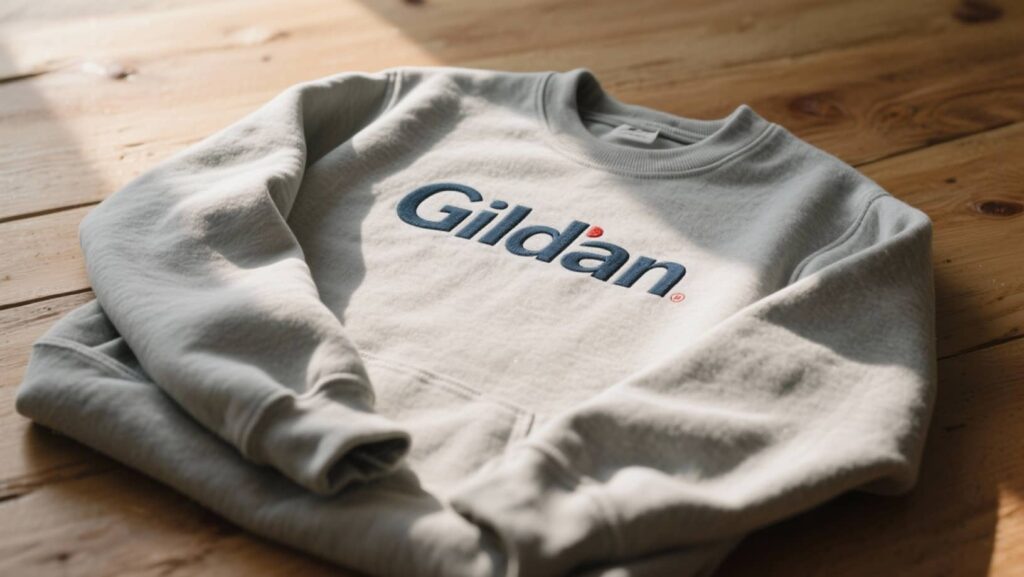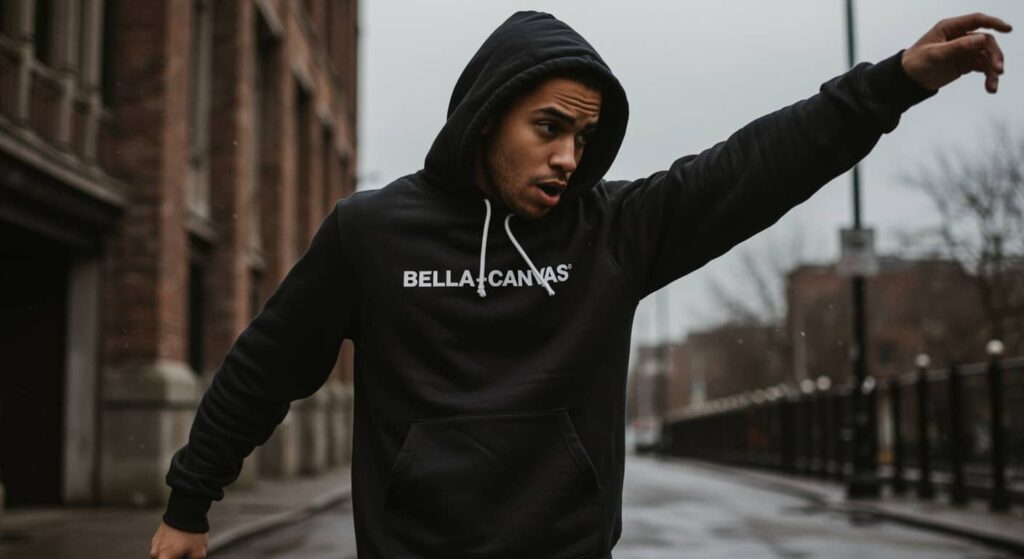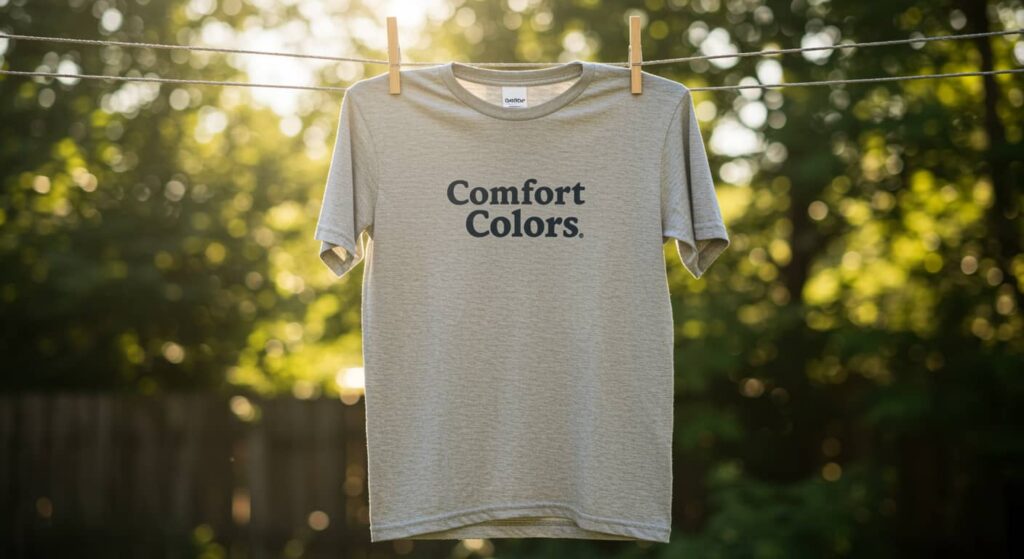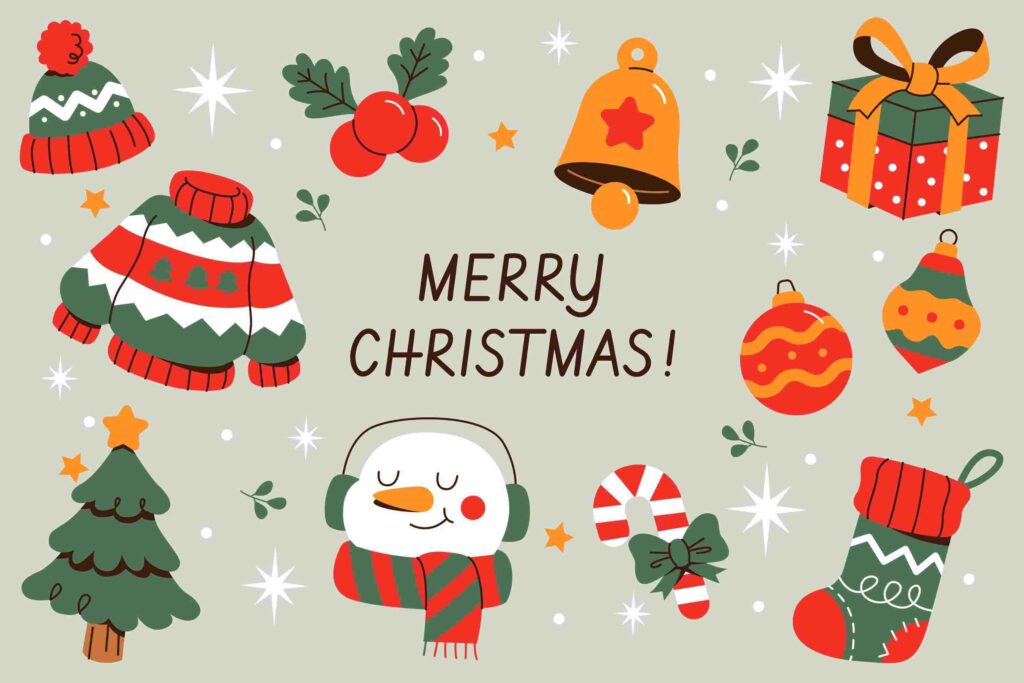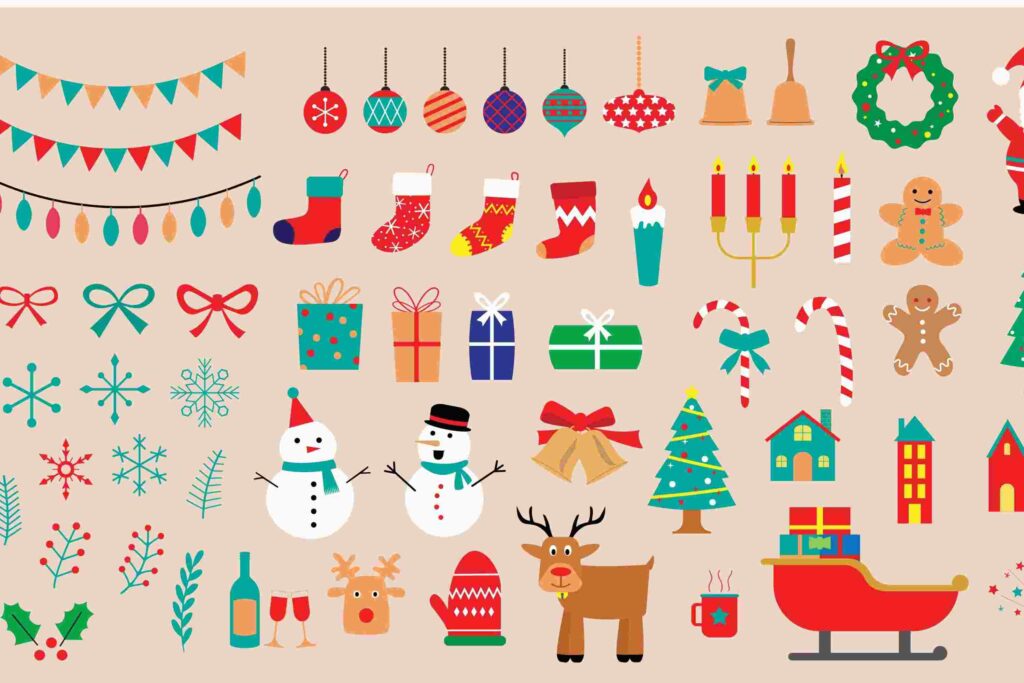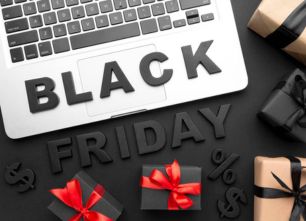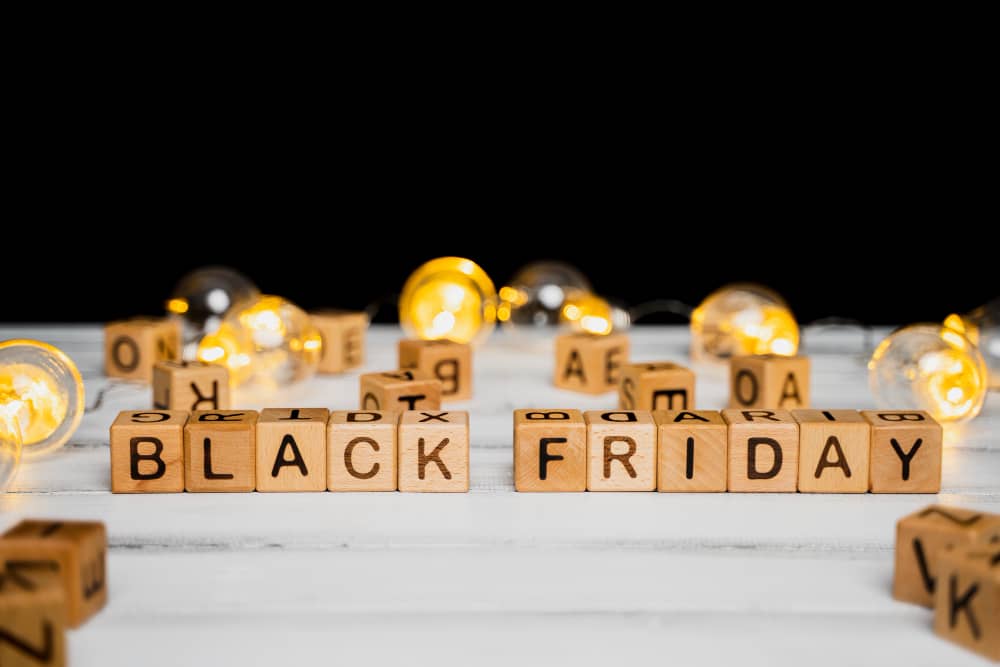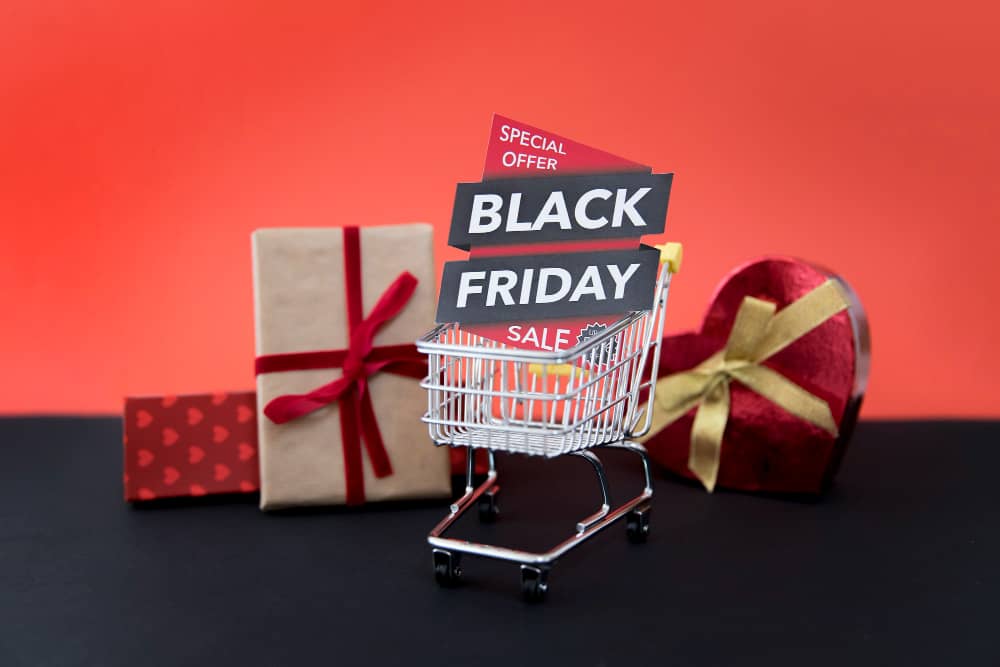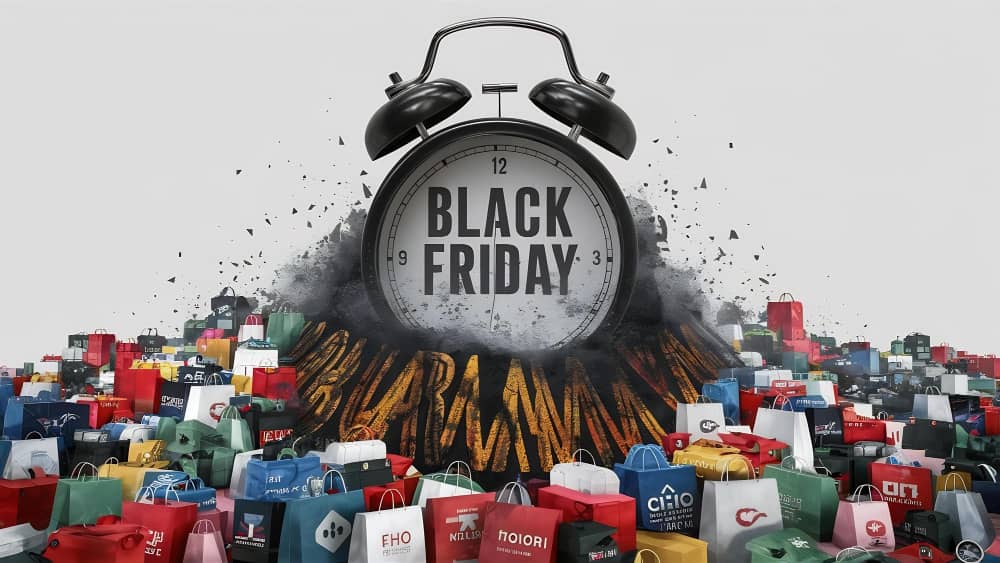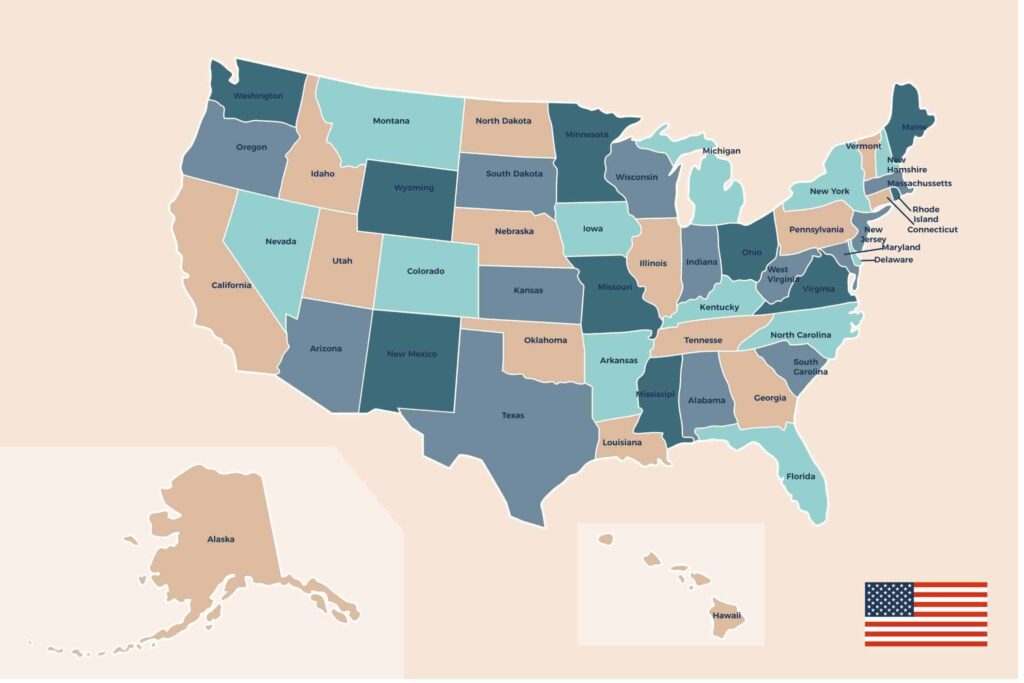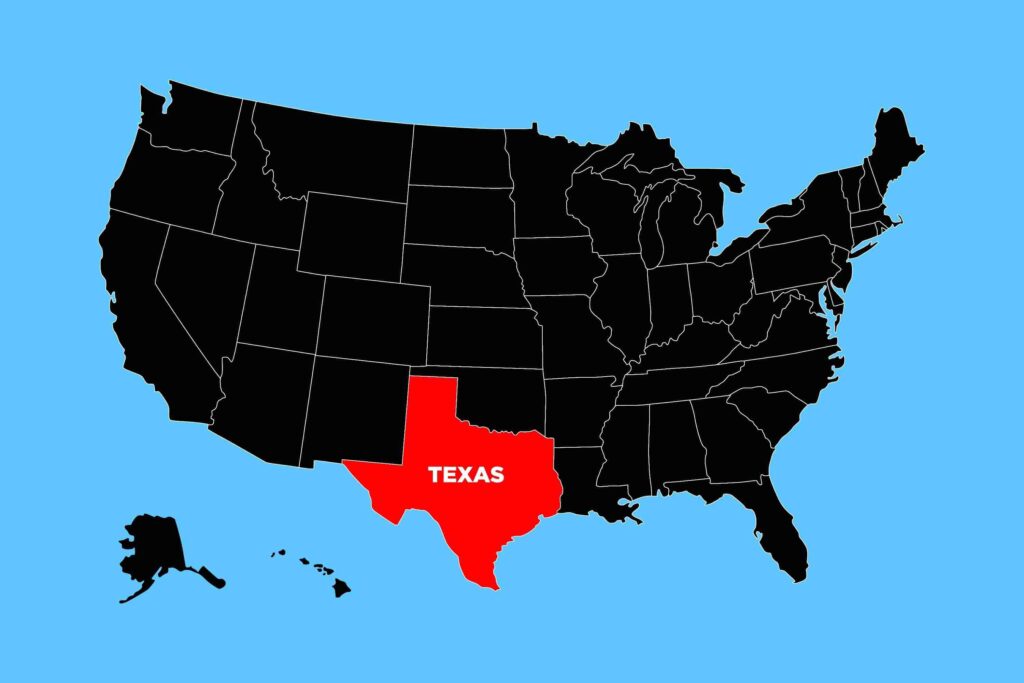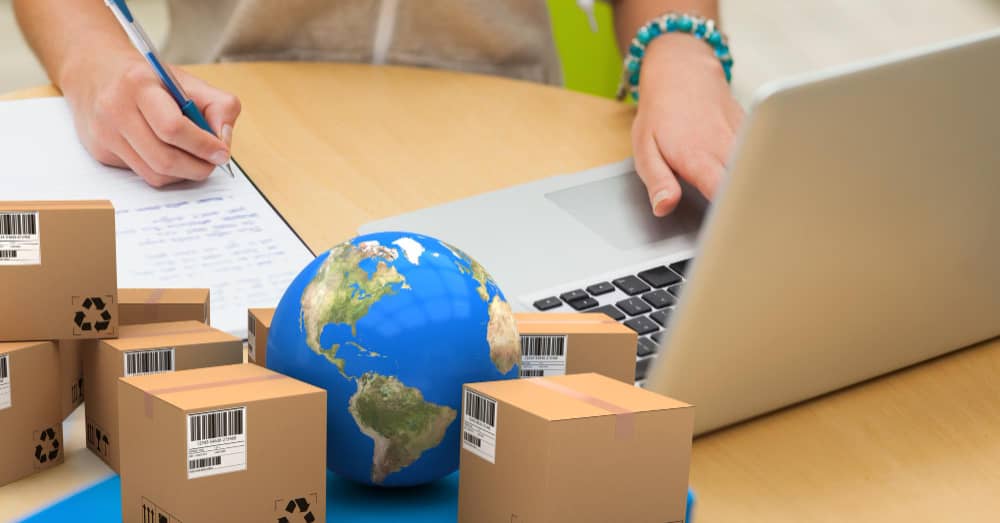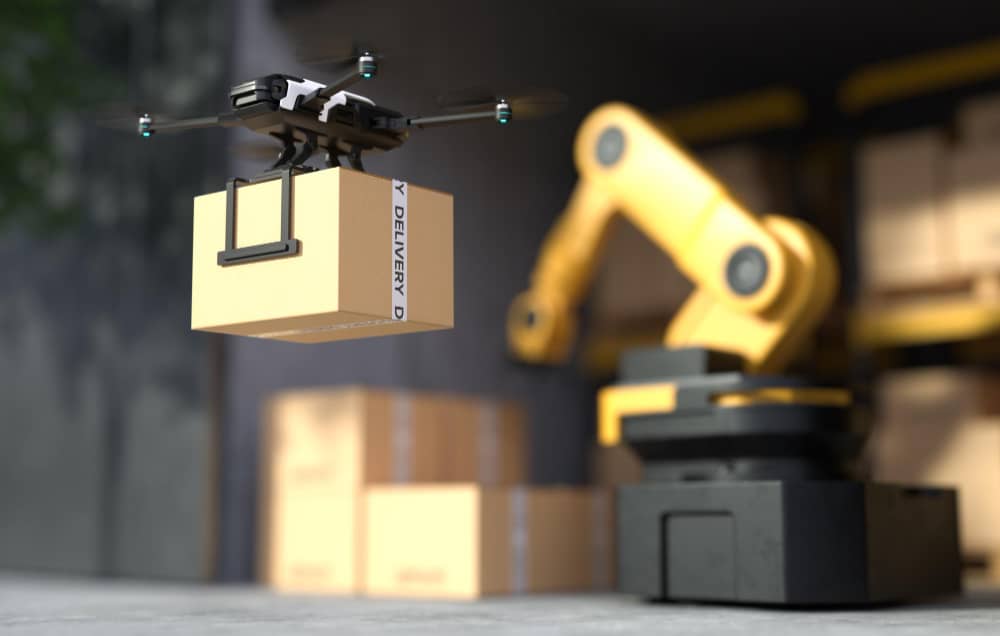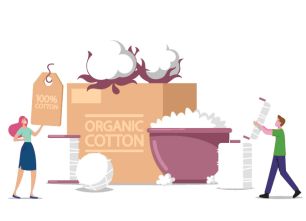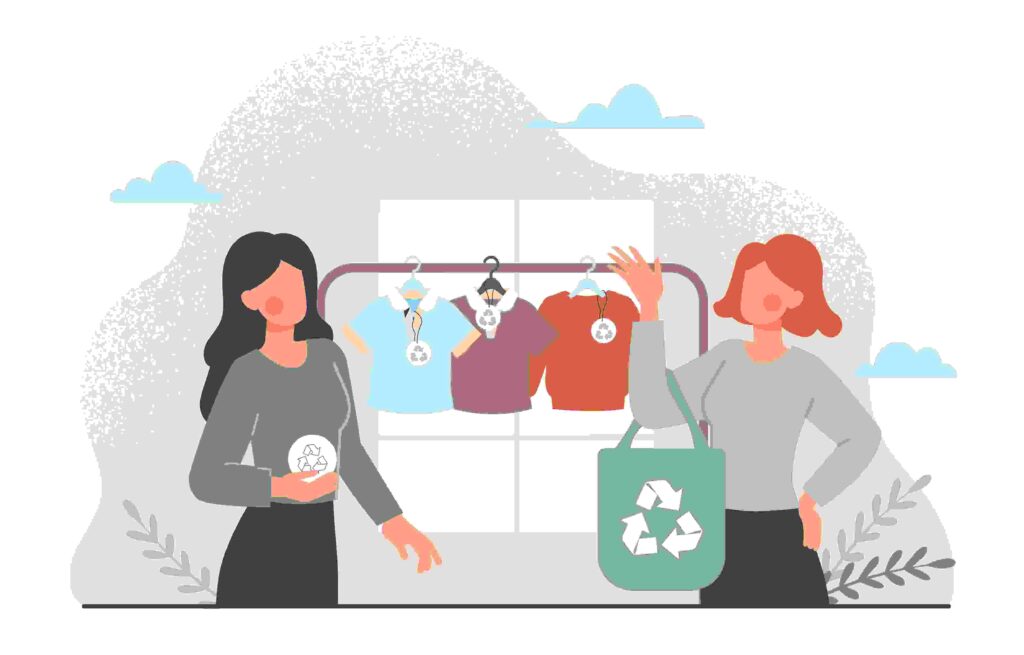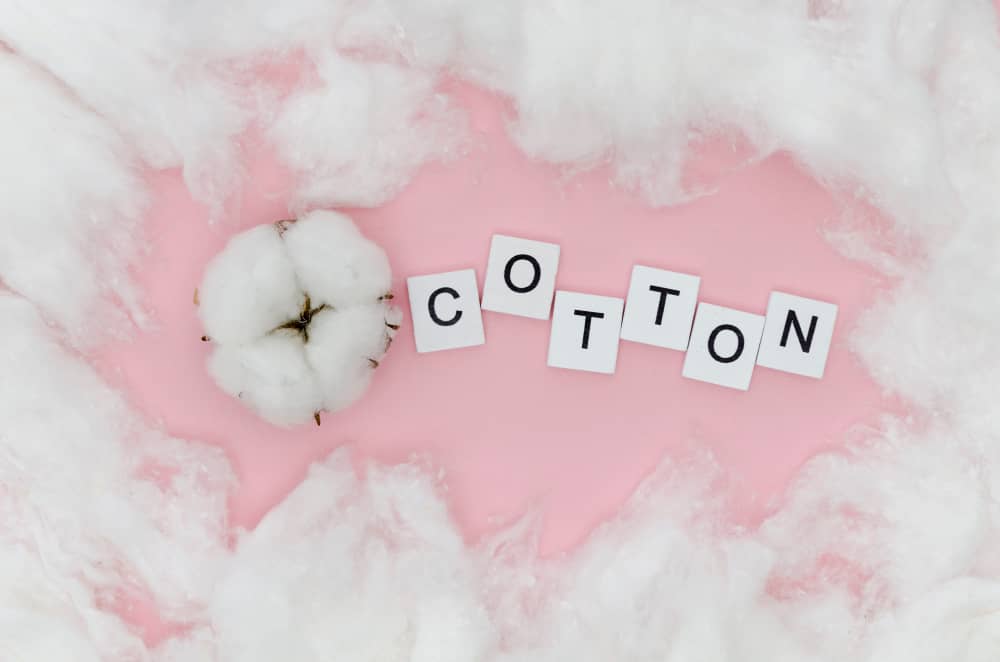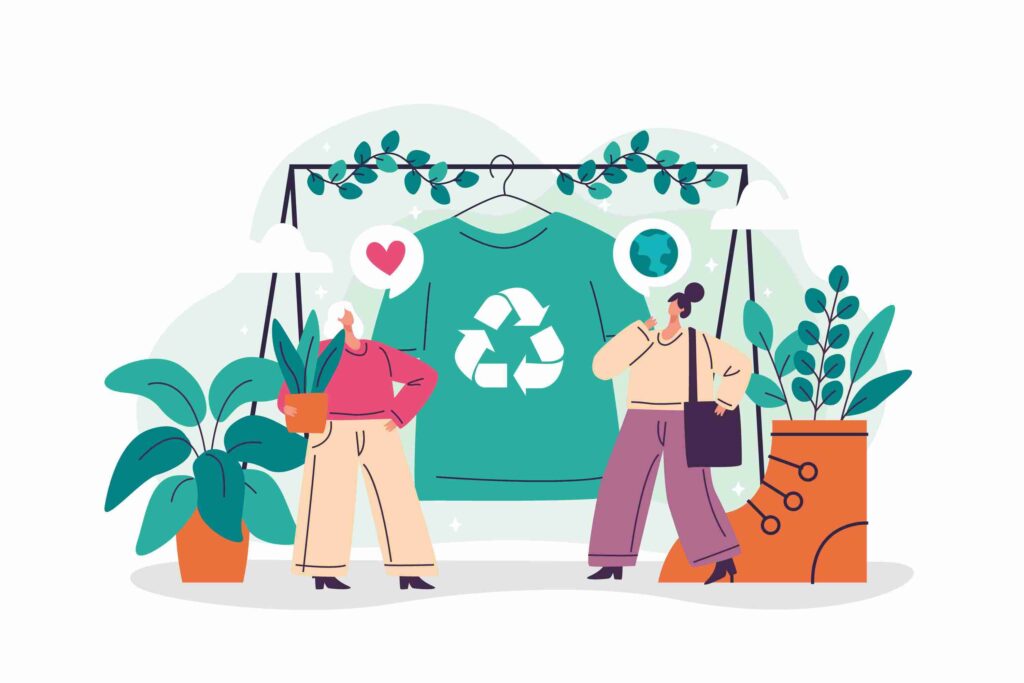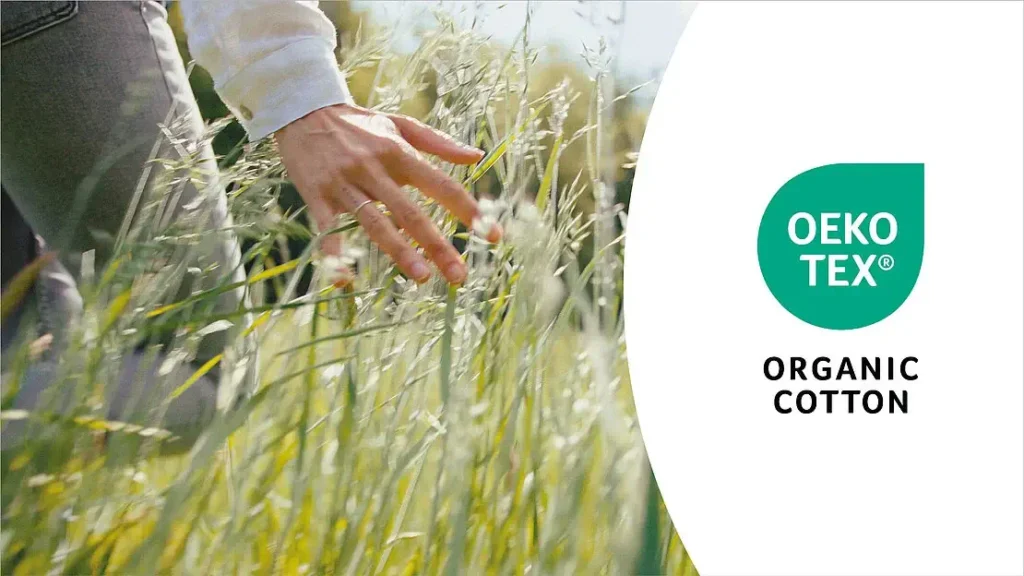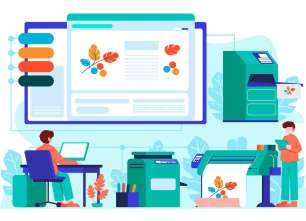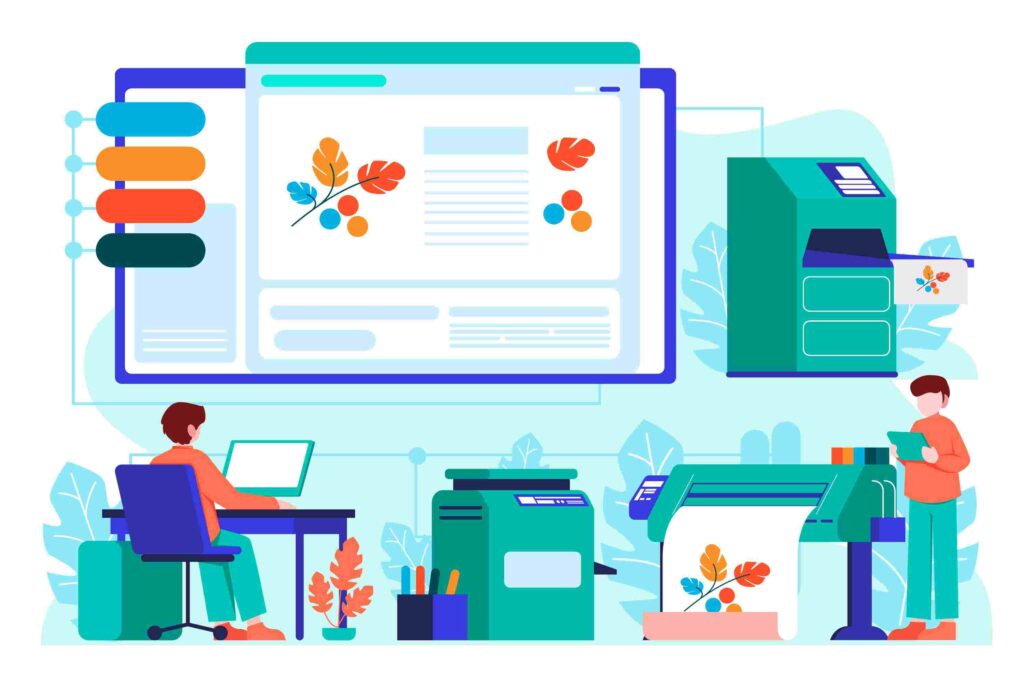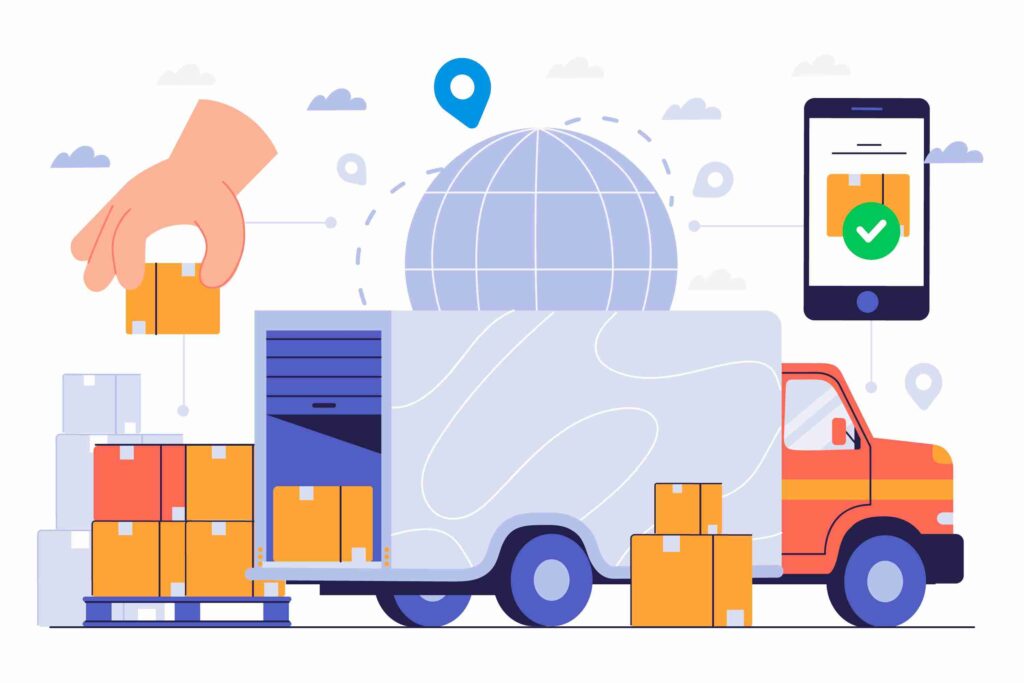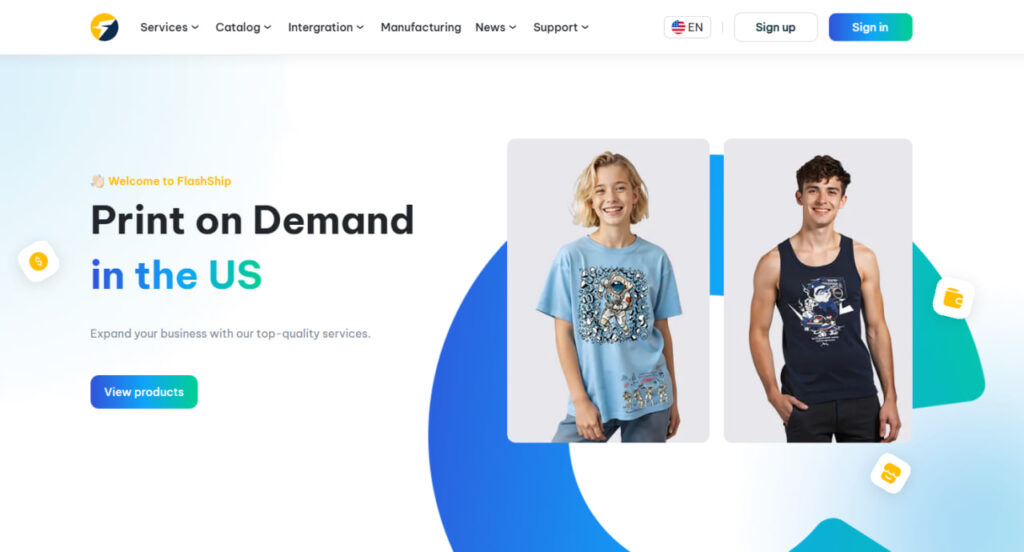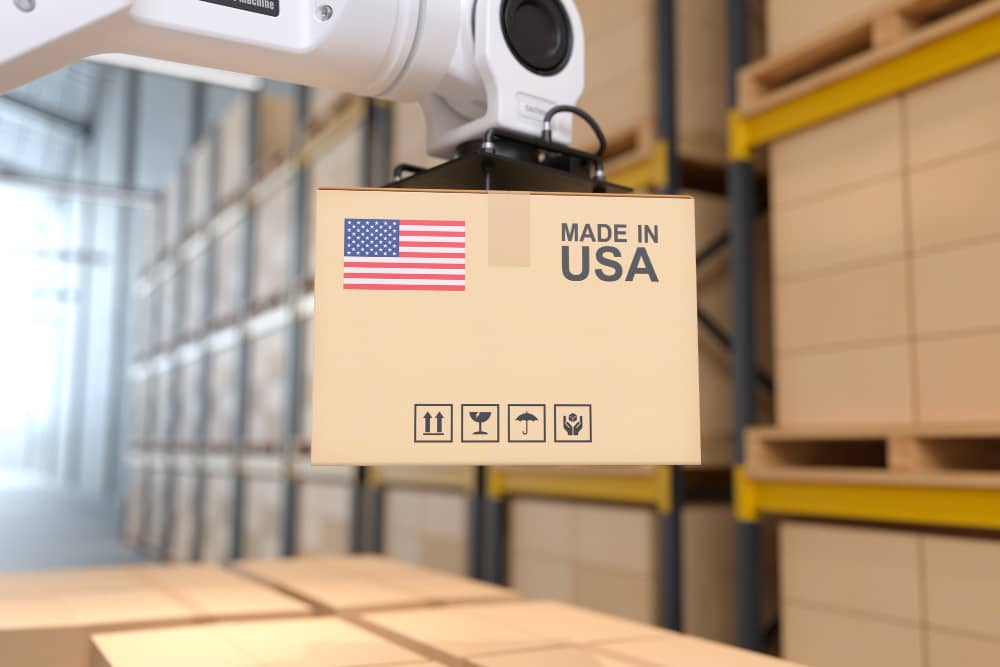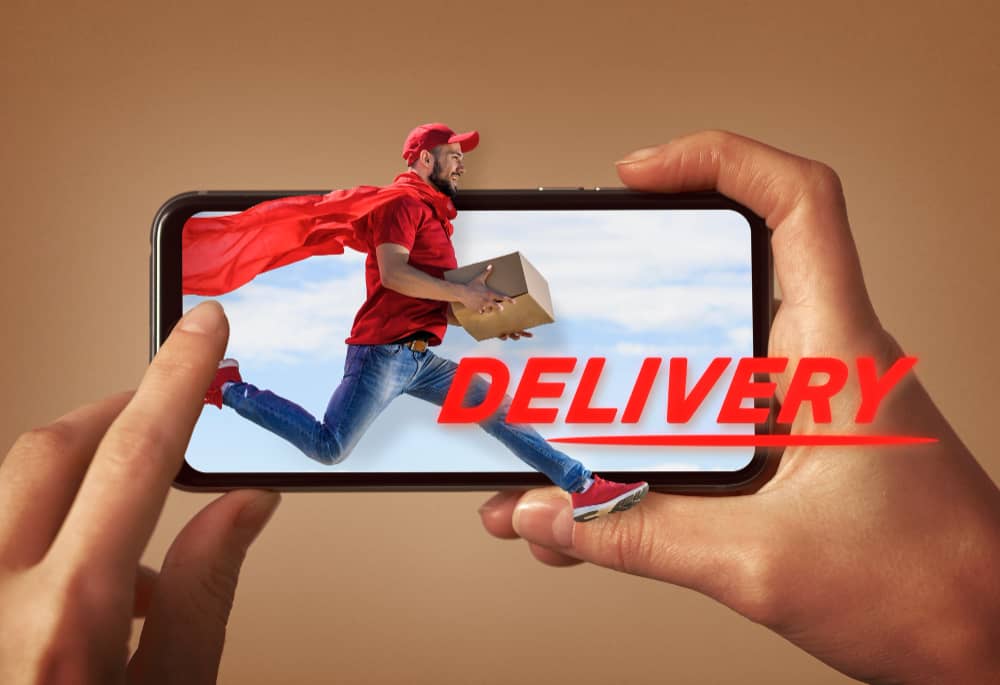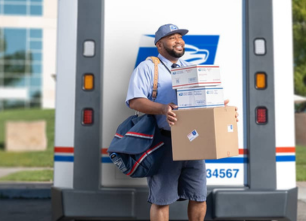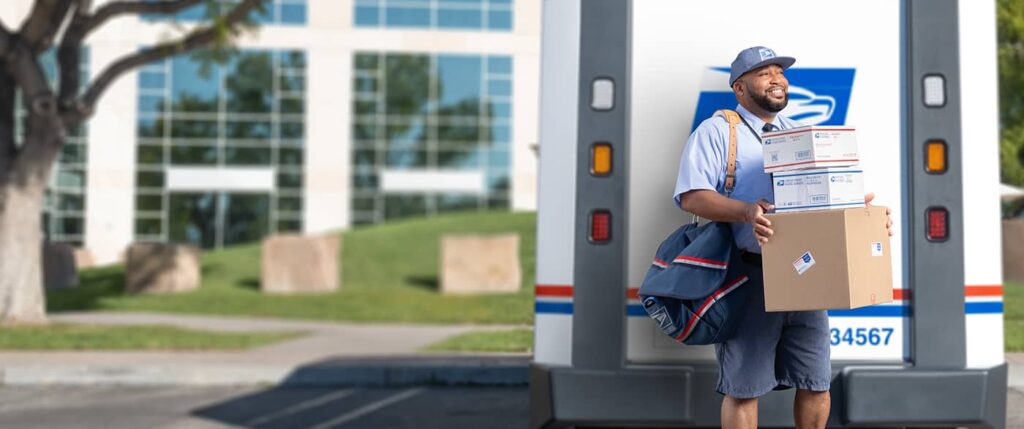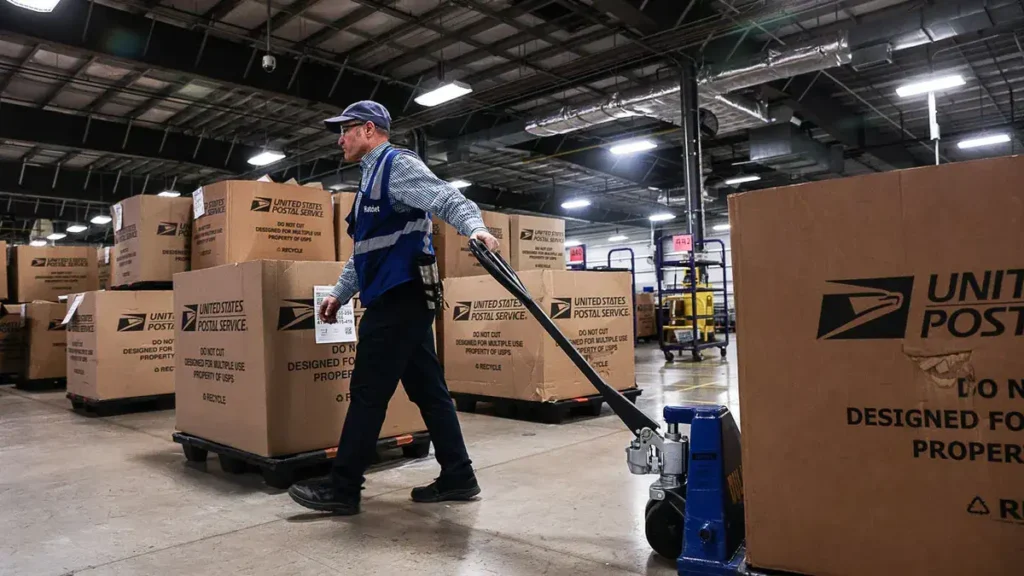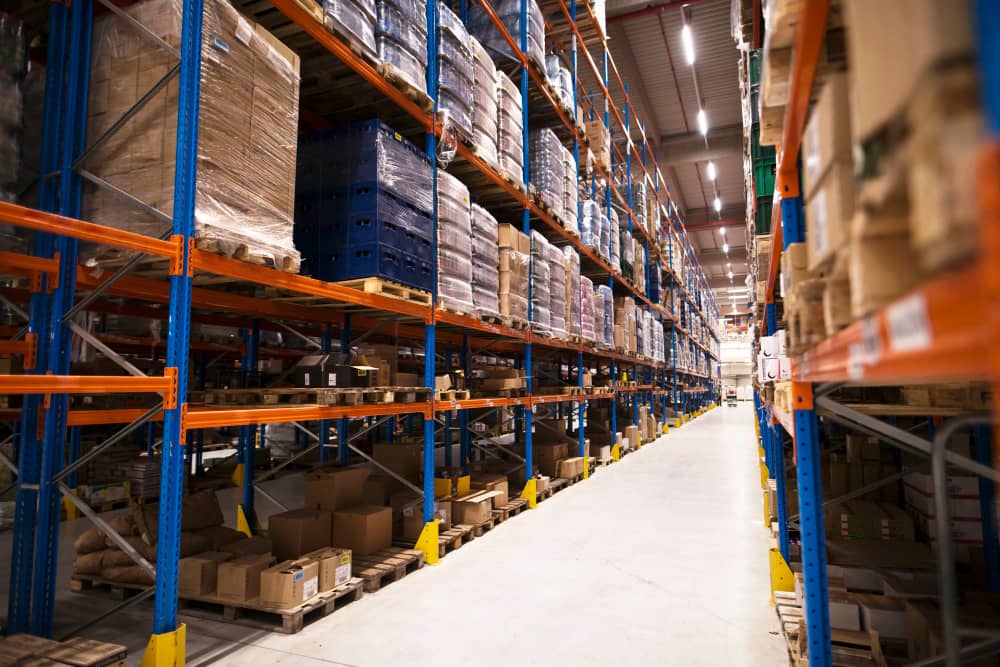The Q4 race is a series of high-stakes events, and Black Friday is merely the opening shot. Immediately after, Cyber Monday emerges as a strategic acceleration point before the final Christmas sprint. According to Adobe Analytics, U.S. Cyber Monday sales in 2024 reached over $12.4 billion, up 9.6% year-over-year, making it the largest online shopping day in history. With the rapid growth of e-commerce and the surging demand for personalized gifts, Cyber Monday 2025 promises to be a goldmine every POD seller can’t afford to miss.
In this article, we’ll take you through how to leverage Cyber Monday to maximize your year-end revenue from market insights and product trends to design ideas and smart pricing strategies tailored specifically for POD sellers.
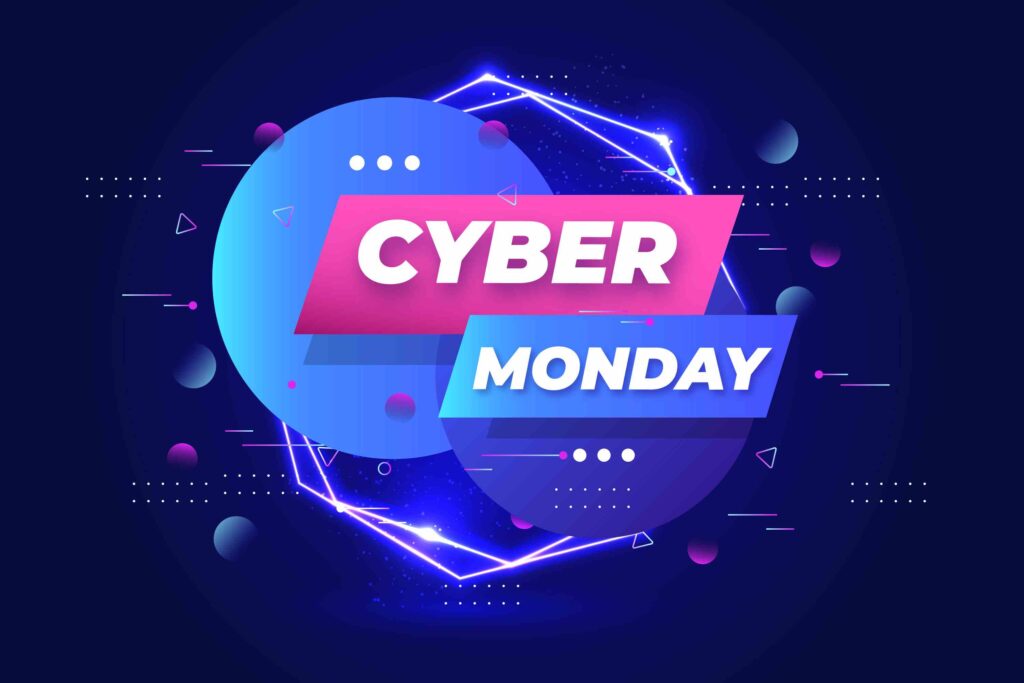
What Is Cyber Monday and Why Is It More “Profitable” Than You Think?
Understanding the true nature of Cyber Monday is the first key to unlocking its hidden potential. Don’t think of it as merely the “leftover” from Black Friday.
When Is Cyber Monday 2025?
Traditionally, Cyber Monday always falls on the first Monday immediately after Thanksgiving and Black Friday in the United States. In 2025, Cyber Monday will officially take place on Monday, December 1, 2025.
The term “Cyber Monday” was coined in 2005 by the National Retail Federation (NRF) to describe the surge in online sales that occurs on this day. Its origins date back to the time when consumers returned to their offices after the Thanksgiving holiday and continued shopping online from their work computers.
Today, with the rise of smartphones and mobile shopping, Cyber Monday has evolved into a true e-commerce giant, breaking revenue records year after year.
The Critical Difference Between Black Friday and Cyber Monday
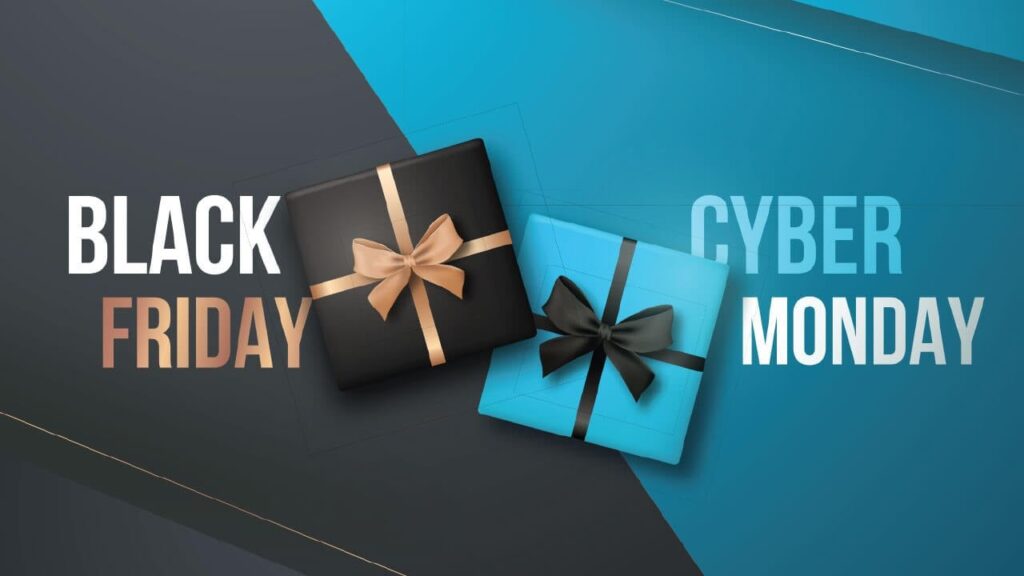
Many sellers group “Black Friday” and “Cyber Monday” together as one big event often referred to as BFCM. From a marketing perspective, that’s not entirely wrong. However, from a strategic standpoint, they must be treated separately. For POD sellers, understanding the distinction can be the difference between success and failure.
| Factor | Black Friday | Cyber Monday |
| Nature | Focuses on “doorbuster” and “shock” deals. | Focuses on curated, intentional online deals. |
| Customer Behavior | Impulsive, chaotic, and willing to “fight” (both online and offline) for the best bargains. | More deliberate and analytical customers compare prices, look for specific items, and shop online via desktop or mobile. |
| Sales Platforms | Omnichannel: major retailers (Walmart, Target) compete both in stores and online. | Almost entirely e-commerce: the playground for online brands and small sellers. |
| Main Product Categories | Big electronics (TVs, laptops), home appliances. | Fashion, small electronics, toys, and especially niche or personalized products. |
| Significance for POD | Difficult to compete directly with retail giants on price or ad spend. | The home turf for POD sellers where customers actively seek uniqueness and personalization that only you can offer. |
Why Should POD Sellers “Go All In” on Cyber Monday?
If the comparison table above isn’t convincing enough, here are four reasons why you should go all out for December 1, 2025:
It’s Your Home Turf: Cyber Monday is the holiday of e-commerce. You’re not competing with thousands of people lining up outside Best Buy you’re competing entirely online, where POD products hold a decisive advantage in uniqueness and customization.
The “Last Train” Psychology: FOMO (Fear of Missing Out) peaks on this day. Customers know Cyber Monday is the last major discount wave before Christmas, so they make faster, more decisive purchase decisions. They don’t want to wait until mid-December to pay full price or risk late delivery.
Higher-Quality Buyers: Cyber Monday shoppers usually have a clear buying intent. They’re not just browsing for 99-cent deals they’re actively searching for meaningful Christmas gifts for family and friends: a hoodie printed with their dog’s photo, a cozy pillow set with heartfelt messages, or a pair of matching mugs for their parents. That’s exactly what POD sellers offer.
The “Golden Boost” for AOV (Average Order Value): Since customers are shopping for gifts, they rarely buy just one item. They buy for multiple people. This creates a golden opportunity for bundles and cross-sells. Instead of selling one shirt, sell a 3-piece family set. Instead of one mug, offer a mug-and-blanket combo.
Cyber Monday isn’t the leftover of Black Friday it’s an entirely different battlefield, and it’s the one POD sellers were born to win.
POD Product Trends That Will Set Cyber Monday 2025 on Fire
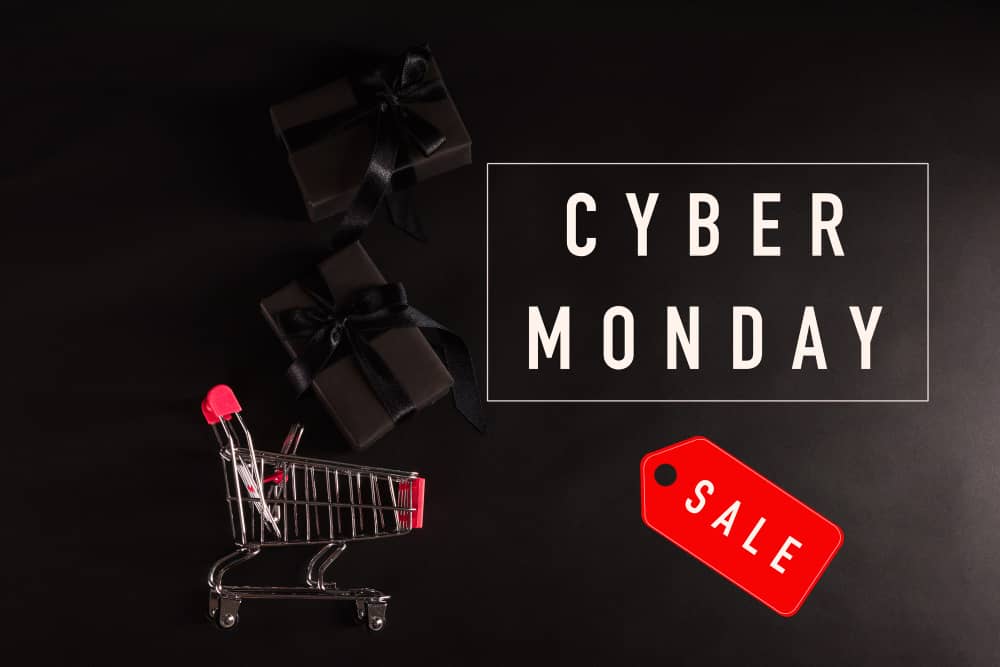
Knowing when to sell is good. Knowing what to sell is everything. Below are the POD product categories projected to explode during Cyber Monday 2025, especially as shoppers go all-in on their Christmas gift hunt.
Apparel
Apparel has always been the king of POD. But on Cyber Monday, the focus shifts toward warmth, emotion, and giftability.
Hoodies & Sweatshirts: These are the official “uniforms” of winter. Expect a sharp rise in cozy, family-themed, nostalgic, and humorous designs.
Matching Pajamas (Family/Couple PJs): A true goldmine. Designs like “Our First Christmas Together 2025”, “The [Family Name] Family”, or customizable plaid Christmas patterns (with pet names or family photos) will sell like crazy.
T-Shirts (Niche-Focused): Don’t overlook the classic tee, but focus on specific gifting niches “Dad”, “Mom”, “Grandpa”, or hobby-driven gifts (golf, fishing, reading) paired with clever quotes and witty designs.
Home Decor
During the holidays, everyone wants to make their homes feel warmer and more personal.
Personalized Blankets (Sherpa Fleece, Fuzzy, or Plush): Especially Sherpa fleece blankets. Designs that let customers upload family or pet photos, or print heartfelt messages and handwritten letters, become priceless keepsakes.
Canvas & Posters: Focus on high-end personalization ideas such as:
- Star Maps: “The Day We Met”, “The Day You Were Born”.
- Custom Portraits: Turn family or pet photos into art (watercolor, cartoon, or minimalist styles).
- Word Art: Family member names beautifully integrated into one cohesive design.
Christmas Ornaments: Small but mighty. Ornaments consistently drive massive Q4 sales. Target key life milestones such as “Our First Christmas in Our New Home 2025”, “Baby’s First Christmas”, or “Just Married 2025”.
Drinkware
Drinkware remains a safe and universally loved gift perfect for colleagues, friends, or as thoughtful stocking stuffers.
Mugs: Timeless bestsellers. Funny quotes about work, coffee, or subtle Christmas-themed designs always perform well. Consider color-changing (magic) mugs for an extra twist.
Tumblers: Still one of the hottest categories. Functional and stylish, tumblers appeal to nearly everyone. Laser-engraved personalization and minimalist aesthetics continue to dominate this segment.
Smart Pricing and Discount Strategies for Cyber Monday
This is the backbone of your campaign. You can’t simply hang a “20% OFF” sign and expect revenue to explode you need a strategy.
“Free Shipping” – The Strongest Customer Magnet
- This is no longer a “perk”; it’s an expectation. Studies show that 70–80% of shoppers abandon their carts due to unexpected shipping fees.
- Strategy: Don’t offer free shipping on every order. Set a threshold instead. Example: “Free shipping on orders over $75.”
- Why it works: If your average order value (AOV) is $50, customers are likely to add another item (e.g., a $25 mug) to reach the threshold. You increase AOV and make the customer feel rewarded.
Tiered Pricing Strategy
Encourage larger purchases by offering deeper discounts for higher order quantities. How to do it:
- Buy 2 items → Get 15% off
- Buy 3 items → Get 20% off
- Buy 4 or more → Get 25% off + Free Shipping
- Psychology: Customers feel they’re getting a better deal the more they buy — a proven way to raise AOV effectively.
Leverage FOMO (Fear of Missing Out)
Cyber Monday thrives on urgency – use that to your advantage. Flash Sales: “Special Offer: 40% off Hoodies – For the next 3 hours only!” Divide Cyber Monday into 4–5 flash sale waves across different collections. Countdown Timers: “Offer ends in… 02:45:10.” Display countdowns on banners, emails, and product pages. Stock Counters: “Only 30 left at this price!” For POD, try: “Only 50 slots available at this price.”
Gift With Purchase (GWP)
- Sometimes, a free gift works better than a discount.
- How to do it: “For every order over $100, receive a free Sticker Set or Christmas Ornament.”
- Benefit: You use a low-cost item (with high perceived value) to push customers past your target spending threshold.
Smart Upsell & Cross-Sell
- Never let customers check out with just one item.
- Cross-sell (on product pages): “Customers who bought this shirt also purchased this mug.” “Completing your family PJ set? Add one for Dad/Mom/Kids.”
- Upsell (in the cart): “Add this item for just $9.99 (Save 50%)!” “Upgrade to express shipping for only $5!”
Comprehensive “Lock and Load” Checklist Before G
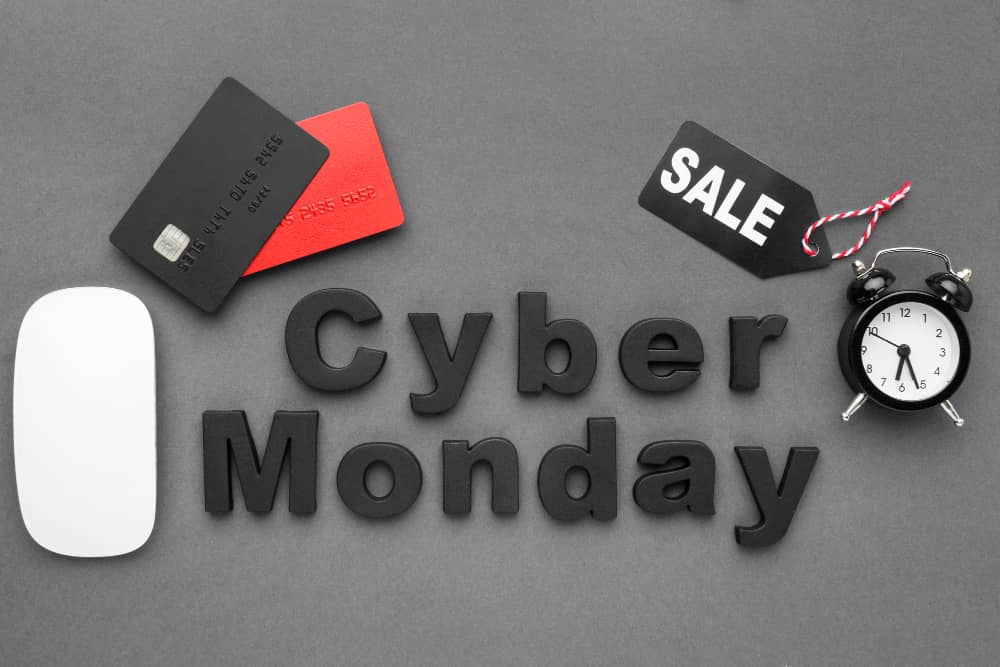
Victory doesn’t come from luck it comes from preparation. Below is FlashShip’s complete checklist to ensure you don’t miss a single detail before Cyber Monday.
Optimize Your “Battlefield” (Website & Listings)
- Page Speed: Customers will leave if your website takes more than three seconds to load. Test and optimize immediately.
- Banners and Pop-ups: Design clear, eye-catching Cyber Monday banners. Use exit-intent pop-ups (which appear when customers are about to leave) to capture attention with a last-minute discount code.
- Mockups: Ensure you have high-quality, diverse mockups—both studio shots and lifestyle images showing real people wearing or using the product.
- Product Descriptions: Rewrite your descriptions. Focus on emotion and the value of gifting, not just the material.
- Don’t write: “Hoodie made from 50% cotton.”
- Instead, write: “Imagine your mom’s smile when she unwraps this warm, personalized hoodie. It’s not just a gift it’s a hug.”
Prepare Your “Ammunition” for Marketing (Email & Ads)
Email marketing reigns supreme on Cyber Monday. Your email list is your money-maker.
The “Storm” Email Sequence:
- Email 1 (3 days before): Teaser. “Cyber Monday’s Biggest Deals Are Coming.” Give subscribers an early glimpse of featured products.
- Email 2 (Cyber Monday Morning – 6 AM): Deals Are LIVE! Send discount codes and direct shopping links.
- Email 3 (Midday – 12 PM): Flash Sale Alert! Announce that best-sellers are “selling out fast” to create urgency.
- Email 4 (Evening – 8 PM): LAST CHANCE! Remind customers that offers end in 4 hours this is your final revenue push.
Advertising (Ads):
- Prepare all ad creatives images, videos, and copy well in advance.
- Increase your ad budget by at least 3–5 times on this day.
- Focus heavily on retargeting shoppers who added items to their carts during Black Friday but didn’t complete their purchases.
“Inventory Check” with Your Fulfillment Partner (FlashShip)
This is a critical step that many sellers overlook. Don’t let Cyber Monday turn into a Cyber Nightmare. A successful marketing campaign means nothing if fulfillment fails.
Confirm Cut-off Dates:
- Reach out to your fulfillment partner and ask: “What’s the latest date I can submit orders to ensure delivery before Christmas?”
- Display this date clearly on your website for example: “Order by December 10 to receive your package before Christmas.” This builds trust and drives conversions.
Communicate Your “Hero” Products: Inform your fulfillment partner which items you plan to push heavily (e.g., Hoodie X, Mug Y). This helps them prepare blanks, inks, and production schedules in advance preventing stockouts or production delays.
Check Processing Capacity: Make sure your partner can handle the surge in order volume.
Understanding and leveraging the right timing, choosing suitable POD products, and adopting flexible pricing strategies are the three key factors that help sellers boost their revenue during Cyber Monday 2025. As U.S. consumers increasingly prioritize personalized gifts, exclusive designs, and fast delivery, partnering with a trusted U.S.-based fulfillment provider will become a sustainable competitive advantage for every POD store.
Contact FlashShip today via hotline (+84) 943 024 337 or visit https://flashship.net for detailed consultation and to kickstart your Cyber Monday 2025 campaign where every product not only drives profit but also elevates your POD brand in the U.S. market.

